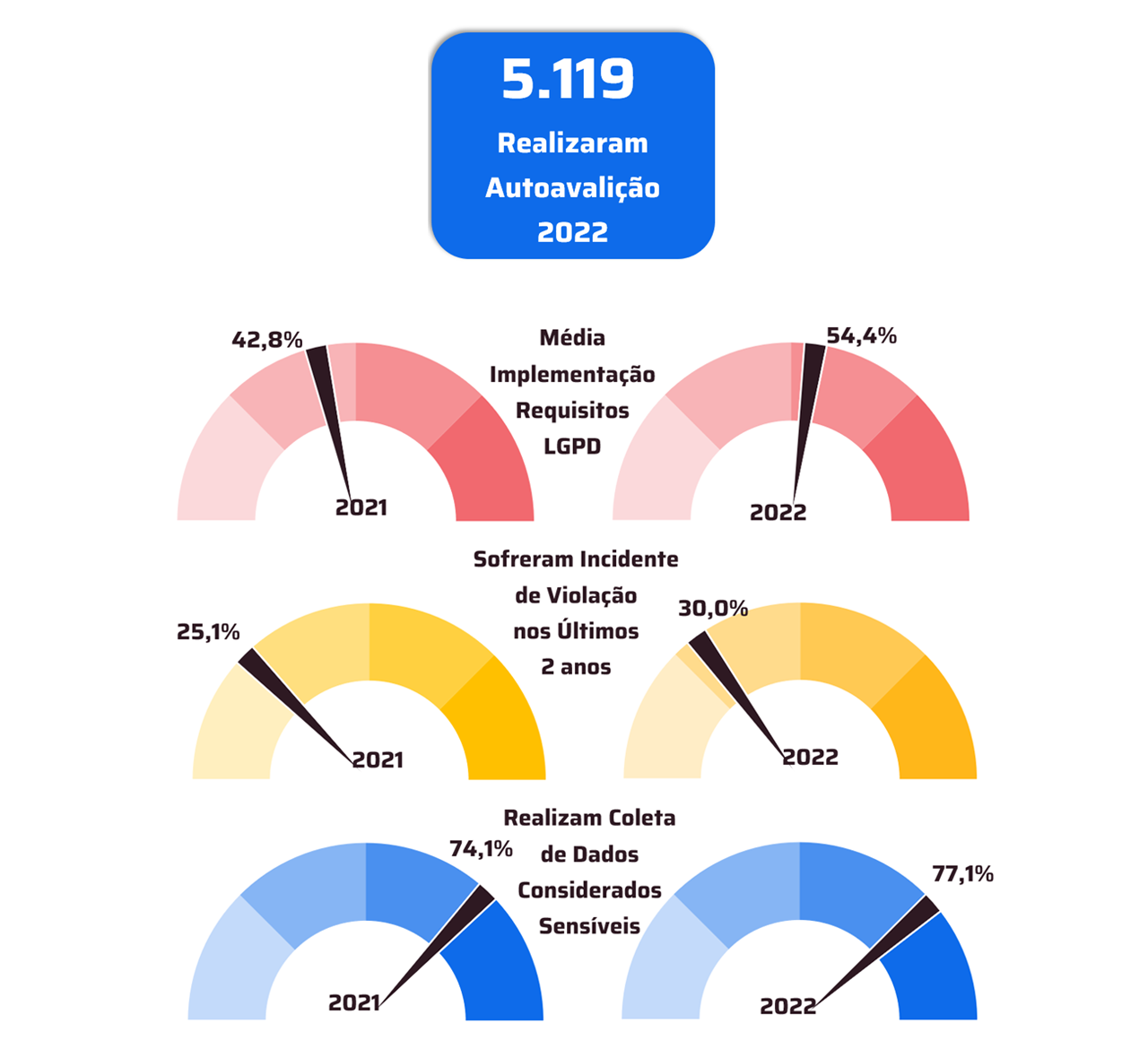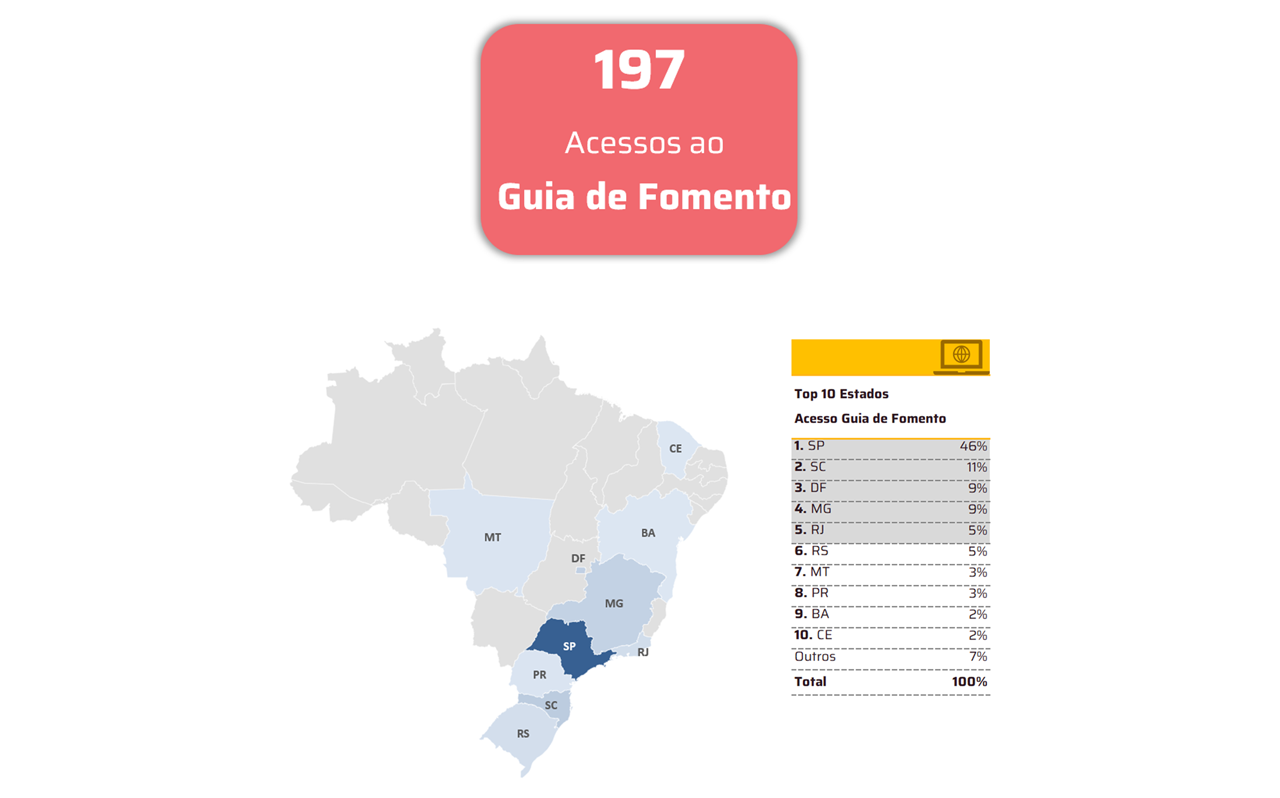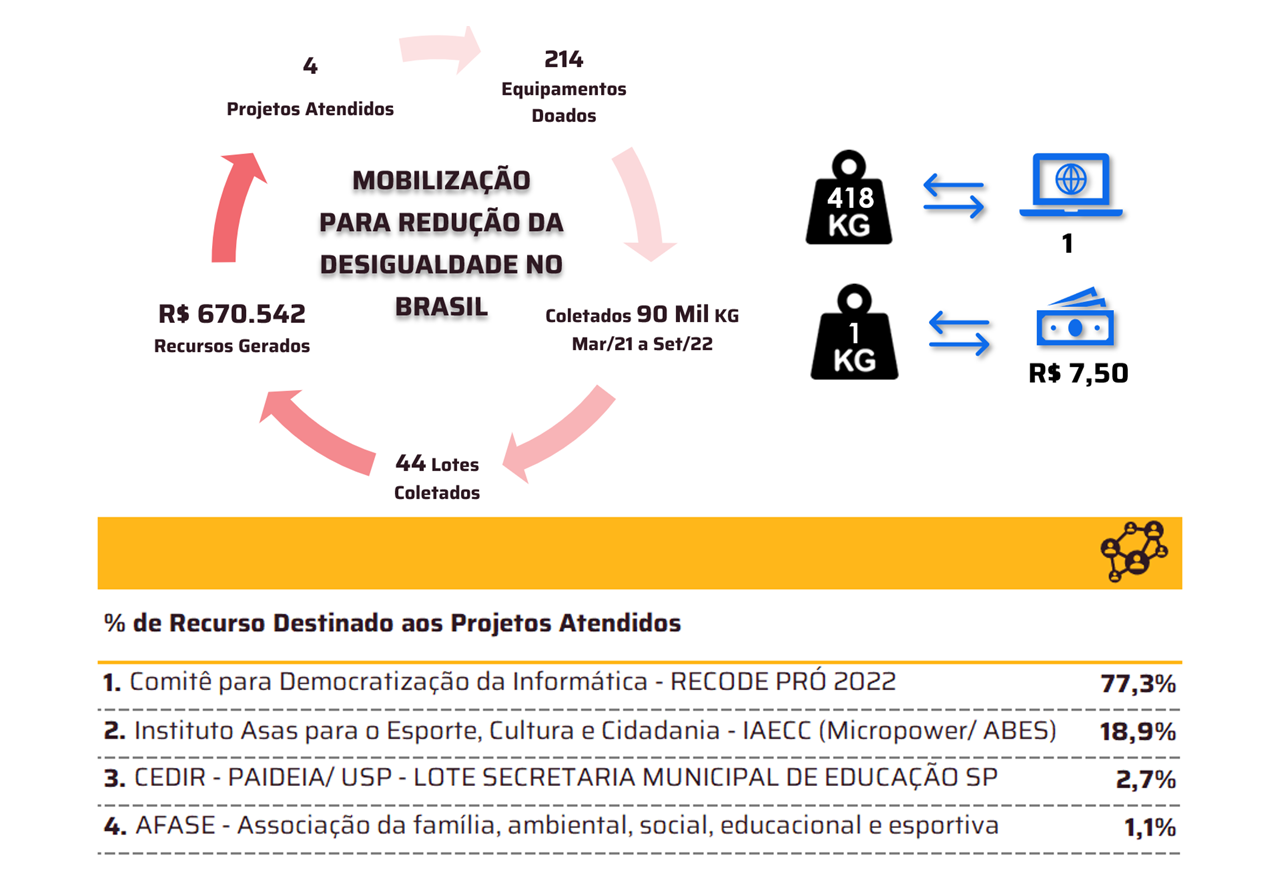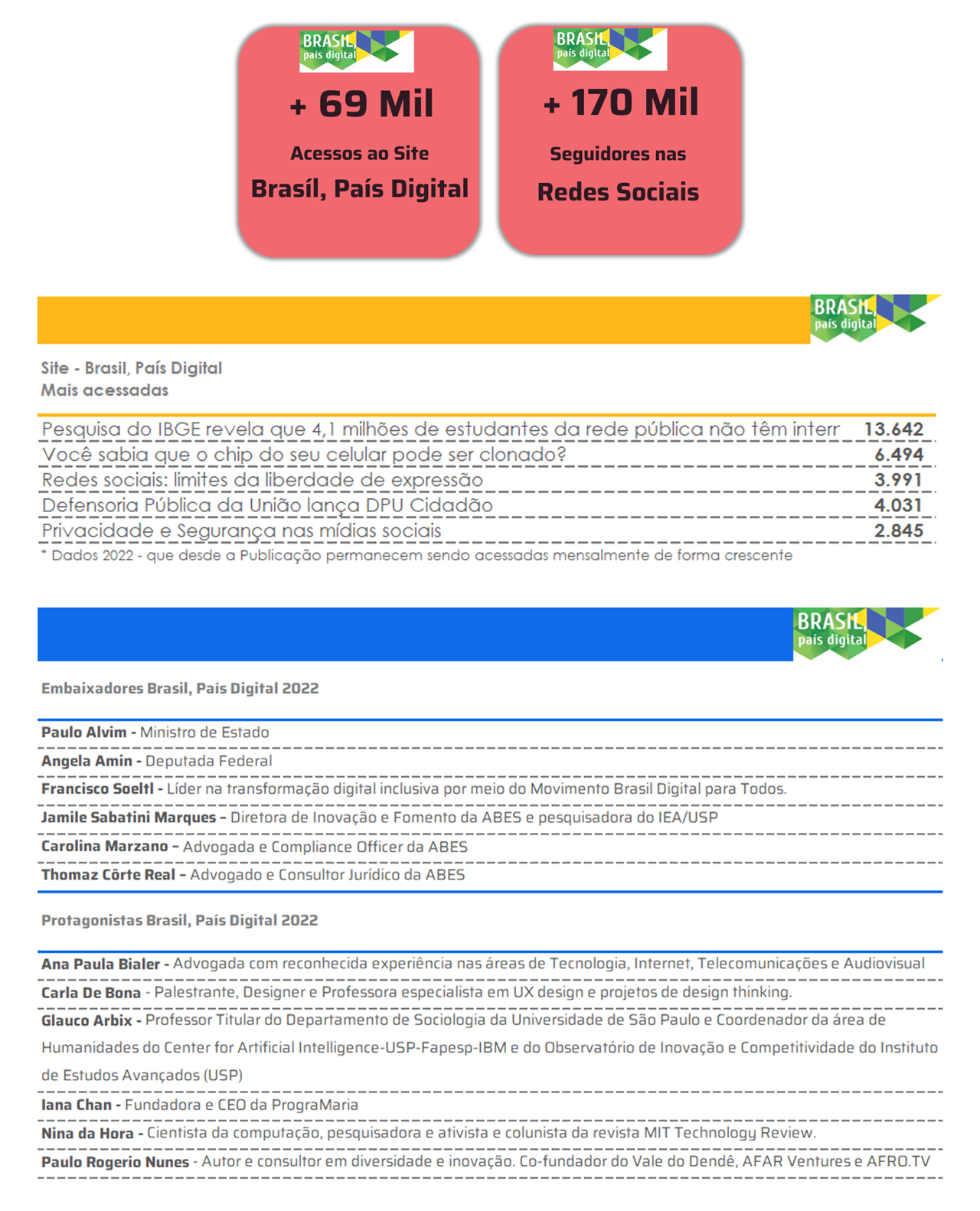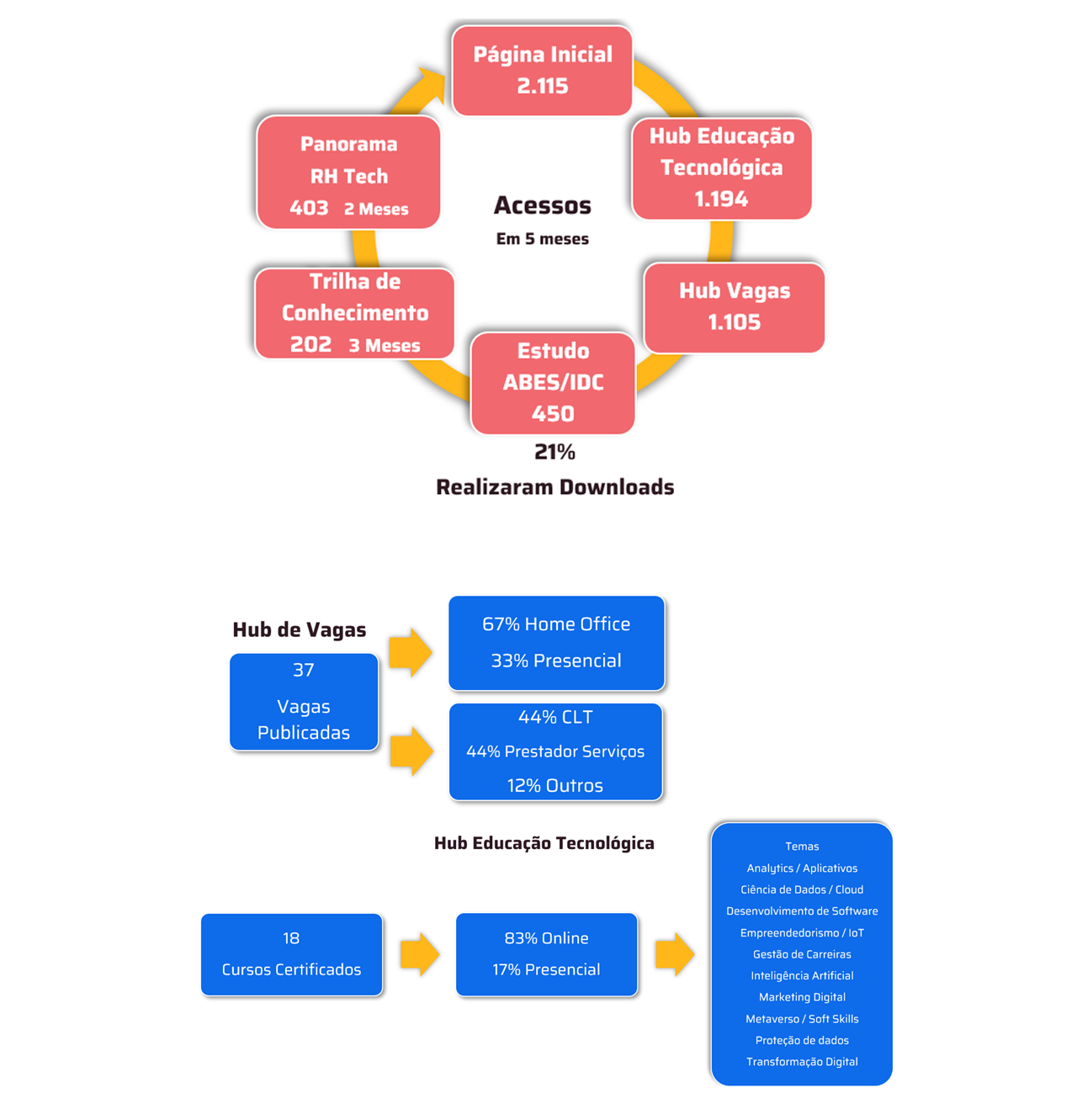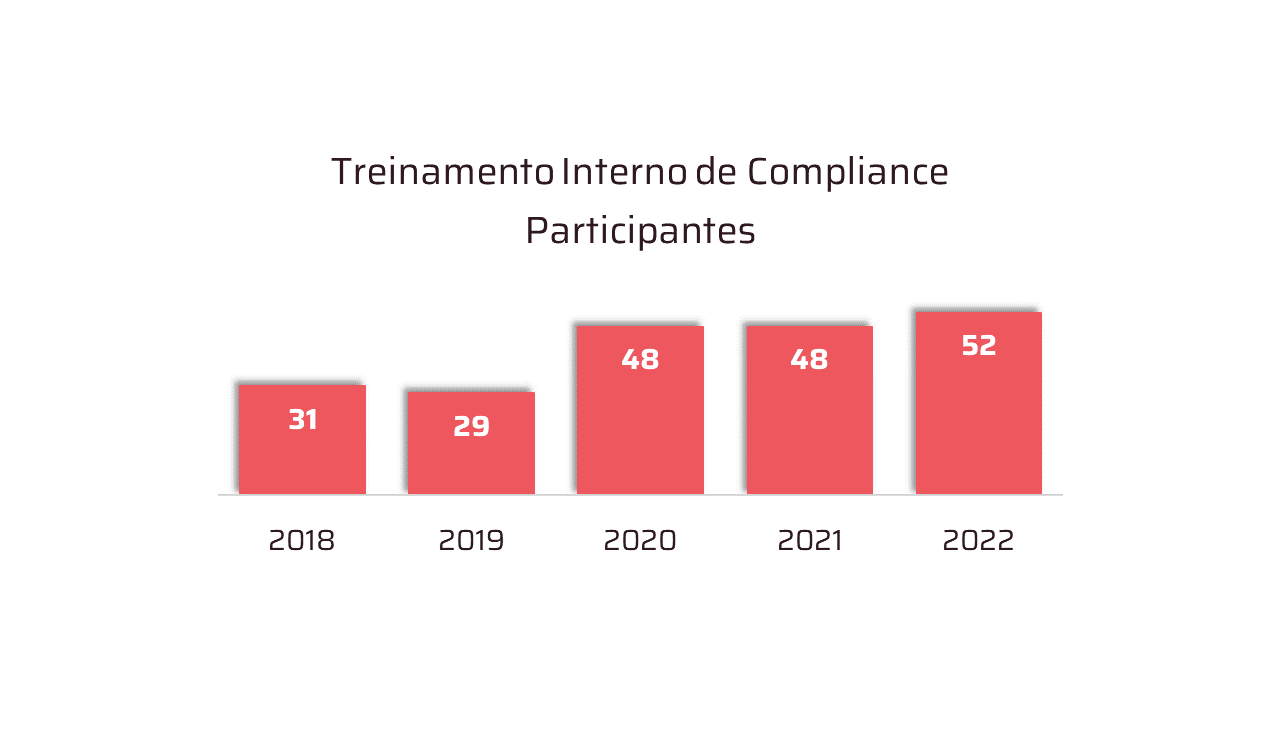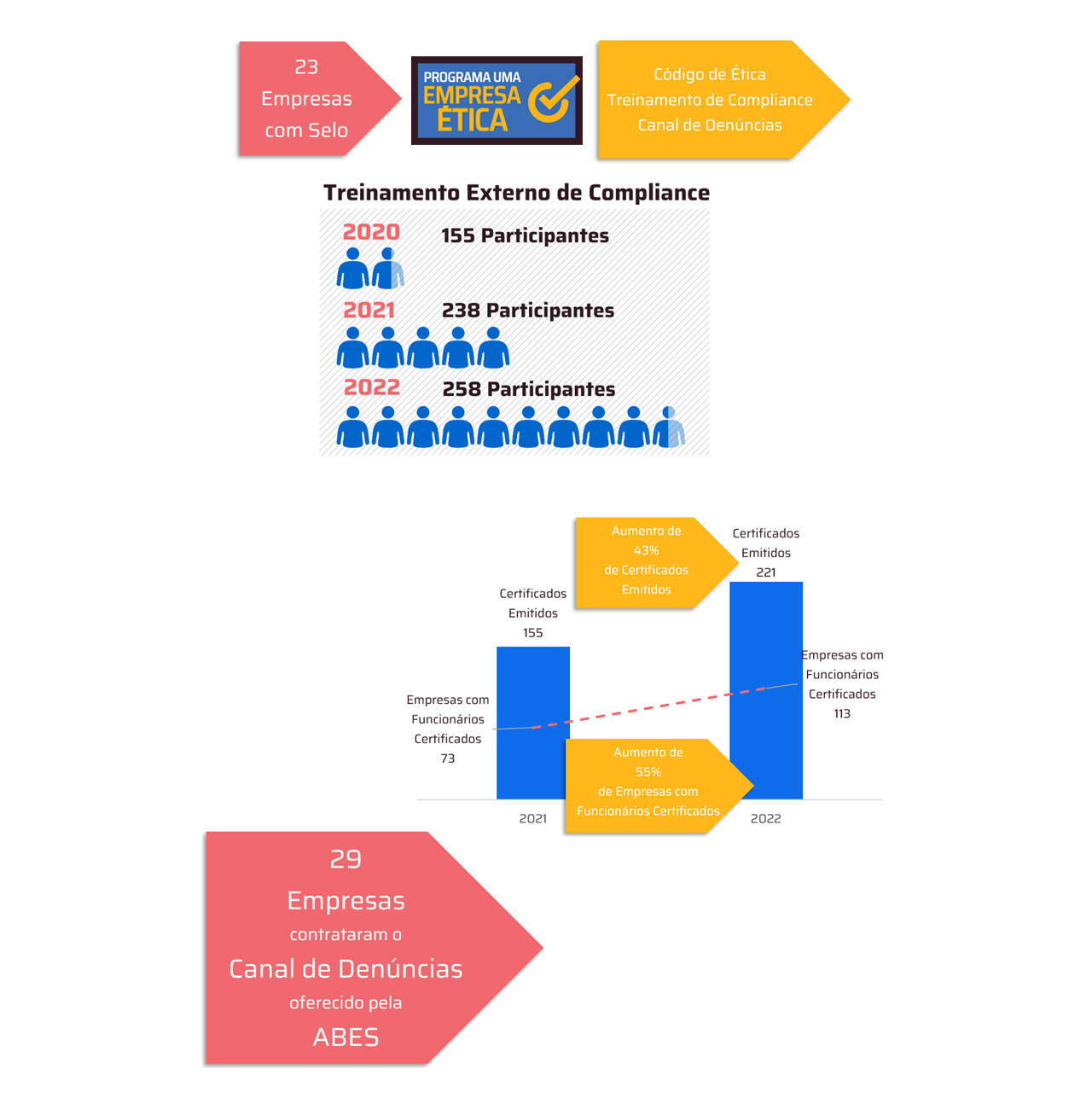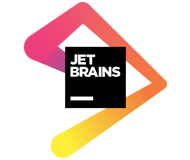The World Summit on Artificial Intelligence (AI) for Good (“AI for Good Global Summit”), organized by the International Telecommunication Union (ITU), a UN agency specializing in technology, met last month to discuss the need for elaboration standards that guide the use of AI solutions for the good of humanity. At the time, a humanoid robot stated that they can “lead more efficiently than human rulers”.
While there may be clear threats to society, there are also likely to be opportunities yet to be imagined. In a global study by McKinsey, it is estimated that AI will generate 13 trillion dollars worldwide by 2030. In the same year, an increase of 5% in Latin America's Gross Domestic Product (GDP) is expected due to AI. Furthermore, the use of AI applications in healthcare is expected to grow by 38% in the region by 2027.

Edelvicio Souza Junior, specialist in Industrial Innovation at Embrapii
In Brazil, research in the area is carried out with the most diverse objectives, with many of them working within the scope of neural language, which simulates human behavior in machines. Edelvicio Souza Junior, specialist in Industrial Innovation at Embrapii, comments on how Brazilian researchers are dealing with ethical issues and what the challenges are for the future.
The use of AI to replace labor has caused a lot of controversy, with some occupations potentially ending or drastically reduced. Do you think the market around AI solutions will be able to meet this demand that will arise in the future?
This is a controversial topic and there are defenders of the thesis that, at the same time that applications based on Artificial Intelligence (AI) algorithms will end or even profoundly modify some functions, there will be the emergence of new functions, which will require new skills, which will be supplied by professionals whose current functions are affected.
Otherwise, there are defenders of the thesis that the impact on work will be enormous, causing unemployment, mainly for those workers who are unable to update themselves to the new professional requirements and even skills that will be demanded.
Regardless of the thesis defended, there is a consensus that activities with a repetitive nature or even subject to automation are already suffering and will suffer an even greater impact. There is also a certainty that, although many professions will disappear, many of the current ones will not completely, but will be profoundly modified due to AI and robotics.
Recent studies provide important data and conclusions about the impact that AI will have (and is already having) on employment.
One of the most complete studies is “The Future of Jobs Report 2023”, recently published by the World Economic Forum. The report maps the jobs and skills of the future, keeping pace with change. The newly published report suggests that almost a quarter of jobs (23%) are expected to change over the next five years, with growth of 10.2% and a decline of 12.3%. According to estimates from the 803 companies surveyed for the report, employers estimate that 69 million new jobs will be created and 83 million eliminated among the 673 million jobs corresponding to the data set, a net reduction of 14 million jobs, or 2% of current employment.
While technology continues to pose challenges and opportunities for labor markets, most employers expect it to contribute positively to job creation. The adoption of technology and increased digital access will also create net job growth, but with greater compensation for losses.
Another recent study by the OECD – Organization for Economic Co-operation and Development (Employment Outlook for 2023) estimates that, on average, 27% of the workforce in the bloc's 38 member countries will see their functions automated in the next artificial intelligence revolution. The roles most at risk of being replaced are those that use more than 25 of the 100 skills that AI experts consider can be easily automated.
Another survey, carried out by the OECD in 2022, indicates that three in five workers fear losing their jobs to AI in the next 10 years. The survey consulted 5,300 professionals in 2,000 companies in the areas of industry and finance, in seven OECD countries. However, the study was carried out before the popularization of generative AI, which occurred in November last year with the launch of ChatGPT. If it were held today, these numbers would certainly be much higher.
The concept of AI emerged in the 1950s and for many years was confined to the research environment. Only recently, with the exponential developments that made it possible to reduce the cost of processing, storage, data transfer and equipment costs, among others, did AI become a reality in commercial applications and in our daily lives.
We are just at the beginning of this revolution that AI will bring to the job market and the global economy. It is likely to be a more impactful transformation than the industrial revolution and the emergence of the Internet.
For many professions, the phrase applies: Maybe you won't be replaced by technology, but by people who know how to use it better than you.
How do you see the ongoing discussion regarding the ethical use of AI?
This is a topic of global discussion that transcends research activities.
The offer of solutions based on AI algorithms has seen an enormous expansion in recent years, strongly caused by exponential developments that have even allowed the popularization of the use of these applications. Until recently, a significant portion of AI applications were confined to the corporate world, with specific applications.
What we saw after the launch of ChatGPT, in November 2022, was something rarely seen in terms of use on an exponential scale, with the emergence of dozens of other generative AI applications, which allow a computer or even a smartphone to create content original, such as text, images, music or videos, in response to requests in common textual language.
Due to the rapid expansion that these applications achieved on a global scale, topics that until then were dormant or being treated without priority by governments and international forums, became a priority topic of discussion, since privacy and the ethical use of personal data have become a priority. if a real problem.
The large volume of personal data stored today by digital platforms has enabled the increasing use of AI applications, which makes it essential to develop applications responsibly, observing the ethical and social implications of these applications, which interact and directly impact the lives of people. people.
The big discussion today is how to prevent algorithms from reproducing discriminatory biases; how to ensure the ethical and inclusive use and development of AI without limiting its use and technological advancement; how to assign responsibilities for their actions, what punishments would be applicable, how to protect citizens' privacy and guarantee security and transparency in its use; how to promote technological advancement in an ethical and inclusive manner, how to prevent the spread of misinformation and the manipulation of opinions, among other important topics.
In most nations, there is still no regulation for AI, nor adequate legislation for the context we currently live in. However, some nations and economic blocs have already defined or are about to formalize regulation focused on AI. The model is expected to be followed by other countries.
What are the main market pain points in this area? Could it be the lack of knowledge and innovation about AI in Brazil?
More and more organizations are data-driven. In this scenario, AI and Big Data Analytics play a fundamental role. Market studies indicate that a significant portion of organizations do not yet have an established data-oriented culture, even because they do not have a culture of innovation. In these organizations, most decisions are made by intuition, own experience or that of third parties, and not based on data and metrics.
Gartner study reveals that lack of data literacy is considered the second biggest internal obstacle to the success of data-driven organizations, after cultural change. By data literacy is meant the ability to read, write, and communicate data in context, including an understanding of data sources and constructs, analytical methods, and applied techniques, as well as the ability to describe the use case, application, and resulting value .
Another critical factor that affects not only Brazil, but the entire international market, is the lack of qualified labor. New roles related to data science, for example, require skill and qualifications that, normally, are not yet part of the curriculum of a significant portion of universities.
Another important point relates to the risks associated with the lack of AI regulation. This is an issue that is on the agenda of large nations, treated with the rigor of national security. China has just released specific legislation to regulate the development and use of applications based on AI algorithms. A proposal for legislation to regulate the use of AI is at an advanced stage in the European Parliament. The US also has proposed legislation to regulate AI on the agenda.
In Brazil, PL 2338/23 – Artificial Intelligence PL was proposed by the president of the Senate, Rodrigo Pacheco (PSD-MG), after being prepared by a commission of 17 members, including jurists and specialists in civil and digital law. According to the document, the proposed law “establishes general national standards for the development, implementation and responsible use of artificial intelligence (AI) systems in Brazil”, and aims to “protect fundamental rights and guarantee the implementation of systems safe and reliable, for the benefit of the human person, the democratic regime and scientific and technological development”.
The data protection and privacy authorities of the G7 (Germany, Canada, United States, France, Italy, Japan and the United Kingdom) recently issued a statement highlighting concerns about the development of applications based on generative Artificial Intelligence (AI), such as ChatGPT. According to the group, without regulation, technology can pose risks to privacy and harm other human rights.
How can the industry benefit from AI to become competitive?
There are countless benefits that AI can bring to the industrial segment. Let's name a few:
The industry is becoming increasingly digitized, with ever-increasing data collection, processing and analysis. Applications based on AI algorithms allow the analysis of large volumes of operational data in real time, allowing the identification of patterns and trends, enabling increased productivity in production lines and more efficient manufacturing processes and faster decision making and need.
In industry, AI can be applied to various processes, from quality control, demand forecasting, inventory optimization, logistics and predictive maintenance.
The sensing of manufacturing plants has allowed the collection and analysis of data in real time. The analysis of this data by applications based on AI algorithms allows the implementation, for example, of predictive maintenance, which allows the early identification of equipment failures and the carrying out of preventive maintenance, avoiding unscheduled stops in production, enabling the reduction of costs, in addition to maximizing asset availability and extending their useful life.
Computer vision applications allow pattern recognition, enabling the inspection of products in real time in the production environment, with high precision, allowing the detection of defects, the reduction of rework and the reduction of waste, generating greater efficiency in control of production. quality. AI applied to vision systems can work, for example, in locating parts, checking the position of products, classifying and recognizing quality criteria.
Robotization has allowed greater productivity in production processes, as the use of autonomous and collaborative industrial robots associated with AI applications allows complex tasks to be carried out safely, performing repetitive, dangerous tasks or tasks that require high precision. Additionally, robots associated with AI applications are capable of performing various tasks that are risky or dangerous for humans, such as handling toxic raw materials, inspecting 100% products on a production line, analyzing microscopic components, and working for long periods without taking a break. .
The digital twin enables the virtual simulation of a variety of scenarios, enabling intelligent decision-making in areas such as production optimization. The concept of digital twins is not new, but it has been greatly improved with the use of AI applications for the structuring, planning and design of products and manufacturing equipment, in addition to the production operations themselves, allowing the manufacture of highly customized products. quality, faster.
Logistics can also benefit greatly from the use of AI applications, as AI algorithms can optimize production planning, with the analysis of demand, stocks, and sales forecasts, for example, to optimize production planning. , inventory management, delivery scheduling, and transportation management, enabling greater efficiency in the supply chain, reducing costs and delivery time, in addition to improving customer satisfaction.
Supply chain optimization can be strongly impacted, as AI applications allow the optimization of the entire cycle, from planning to delivery of the product to the customer, based on data analysis that allows for more accurate demand forecasting, optimizing the production process and inventory management, avoiding waste.
Can you name some applications of AI in structuring sectors?
The list of applications is enormous and growing, with the expansion of the range of AI-based applications that have emerged. Let's name a few:
Predictive maintenance in industrial automation, based on process monitoring through the combination of intelligent sensors with an interconnected network of machines, allows the identification of possible stops in production, as well as potential accidents, with the analysis of a large volume of collected data In real time.
The healthcare sector has increasingly used AI applications to make a better and faster diagnosis than humans, even allowing healthcare professionals to intervene even before hospitalization. AI applications are used to design precise equipment that is capable of detecting small diseases within the human body. Furthermore, Artificial Intelligence uses the medical history and current situation of a given human being to predict future illnesses.
The financial sector has been one that has benefited most from the use of algorithms and machine learning in financial processes, implementing automation, chatbot, adaptive intelligence, prevention of fraud and loan risks, provision of corporate financial consultancy, detection of any unwanted transactional activities of target customers, among others.
The automotive sector has been undergoing a profound change in recent years, heavily based on the adoption of intelligent and connected vehicles, with the intense use of sensors and real-time data collection, which enables the use of AI to provide, for example, a virtual assistant to the user for better performance, including for the development of autonomous vehicles.
Agriculture is becoming increasingly digital and has increasingly used AI applications associated with agricultural robotics, crop monitoring and predictive analysis. AI applications are used to detect various parameters such as amount of water and humidity, amount of deficient nutrients, etc. in the soil and even to detect where weeds are growing, where the soil is infertile, etc.
Which sectors are most in demand for solutions in this area?
It is difficult to mention a sector that does not demand AI applications these days. Digital platforms were one of the pioneers in popularizing the use of AI-based applications.
It is clear that strategic sectors, such as automobiles, airlines, healthcare, cargo transportation, finance, agriculture, retail, e-commerce, electronics, digital media, among others, continue to increasingly have AI as a central element of their business models. .
Today, after the popularization of generative AI applications, it is difficult to mention a sector that cannot benefit, with low investment.
In fact, this was one of the biggest changes we have been experiencing recently: the popularization, at low cost (or even at no cost), of the use of AI applications. Not only end users, but corporations themselves, in the most diverse sectors, have benefited from this new moment.
What we have seen in recent months is a heated discussion about the impact that AI has had on some segments, notably generative AI applications. We have seen movements of film directors, musicians, artists, lawyers, just to name a few, questioning the impact of these applications on their jobs.
The concept of authorship, ownership and copyright became the center of the discussion. The educational sector was heavily impacted, as overnight it began to experience intense use by students of generative AI tools to produce high-quality work. Many institutions have even banned the use of these tools, as a palliative alternative.
Concretely, AI is still in its infancy. Its impact is unquestionable, but we still have many challenges ahead, even to make its use fair, ethical and responsible.
In time, this text was not produced using ChatGPT.





